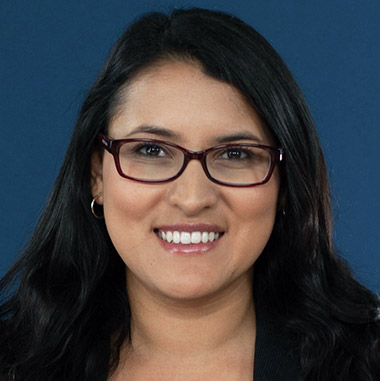
Five Tips to Launch Your Planned Gifts Marketing
Have you been asked to launch or restart a planned gifts marketing program? Perhaps your charity received an unexpected bequest gift or donors have notified you that your organization has been included in their estate plans. Often these are the reasons nonprofits begin proactively marketing planned gifts.
The impact of a strong planned gifts marketing program is clear. Planned giving creates long-range support for your organization and increases annual giving. Recent research by Dr. Russell James shows donors who make charitable bequests increase their annual gift amounts when compared with donors who have not made bequests. Planned gifts deserve a spot in your organization’s marketing plans. Here are five simple marketing tips to consider for your organization’s planned gifts marketing program:
1. Start Marketing Simple Planned Gifts
Bequests are the most common and simplest type of planned gift made in a will. They should be the first gift you market to your donors. Effective strategies include offering your donors a guide to planning their will and trust, providing bequest language and offering estate planning attorney referrals. You should also be talking with your donors age 70½ and older about making an IRA rollover gift of up to $100,000 this year. While required minimum distributions are on holiday in 2020, this remains as a convenient gift and your donor will not pay tax on the distribution to a qualified charity. Focusing on building strong bequest and IRA rollover marketing strategies will set a good foundation for marketing more complex gifts.
2. Integrate Planned Gifts Into Your Current Communications
Your nonprofit already has many means of communicating with supporters. The simplest and most cost-efficient way to introduce planned gifts is by creating synergy with your current marketing. Build a set of “planned giving promotionals” or “promos” which are like elevator pitches that bring attention to a planned gift. The promos should drive traffic to a planned giving landing page for more comprehensive information. Outline what your donors receive throughout the year and find creative ways to include a planned giving promo into existing emails, appeals or publications. The goal of these promos is to build awareness and soften your planned giving marketing entrance.
3. Identify Your Target Audience
Who is your target audience? Age, giving history, loyalty and connection to your mission are top traits to consider when building your list. Loyal donors age 40 and older are your best planned giving prospects. Individuals that may not be annual givers but are highly connected to your mission, such as alumni, grateful patients/family members, long-term staff, retired staff or volunteers are also groups to include. Ask yourself, who will respond and resonate best with our message? Start there.
4. Use a Multichannel Approach
A multichannel marketing approach uses all means of communication forms such as web, print, email and social media. A multichannel approach reaches a broader audience and increases responses. It also enables you to reach your supporters at their preferred channel in this media rich environment. While digital appears to be the way of the future, print is still important. The key is to pair print and electronic marketing to reach the best results. Craft your central marketing message and reinforce the same message across all channels, using the same images and overall design elements for consistency.
5. One Clear Call-to-Action
In all your marketing, include one strong clear call-to-action (CTA). What action do you want your donors to take after reading your message? Be clear on what the next step is and make one single offer that resonates with your target audience’s wants and needs. Avoid multiple links or offers. The more decisions your donor needs to make, the less likely they are to act. One enticing CTA is essential for increasing responses to your marketing.
The most successful organizations make a marketing plan and follow it. I hope these marketing tips help you with your planning and kickstart your planned gifts marketing. In addition to following these marketing tips, remember to always be intentional, genuine and connect with your donors at a heart level. Care for them as they care for your mission. Thoughtful marketing paired with donor care will set you on the path to success.

By Maria Oliver
Legacy Campaign Specialist, Crescendo Interactive, Inc.
 Maria Oliver says:
Maria Oliver says: October 29, 2020 11:12 AM PT
Hi Terri, there is anecdotal evidence of both. Here is a link to the study: https://bit.ly/3dD1F8u

October 29, 2020 7:23 AM PT
Hi! You share: "Planned giving creates long-range support for your organization and increases annual giving. Recent research by Dr. Russell James shows donors who make charitable bequests increase their annual gift amounts when compared with donors who have not made bequests." Presentations I have listened to say that annual givers are more likely to make a charitable bequest. Which is it? Which is more likely to affect the other; annual on bequests or bequests on annual? Thank you.